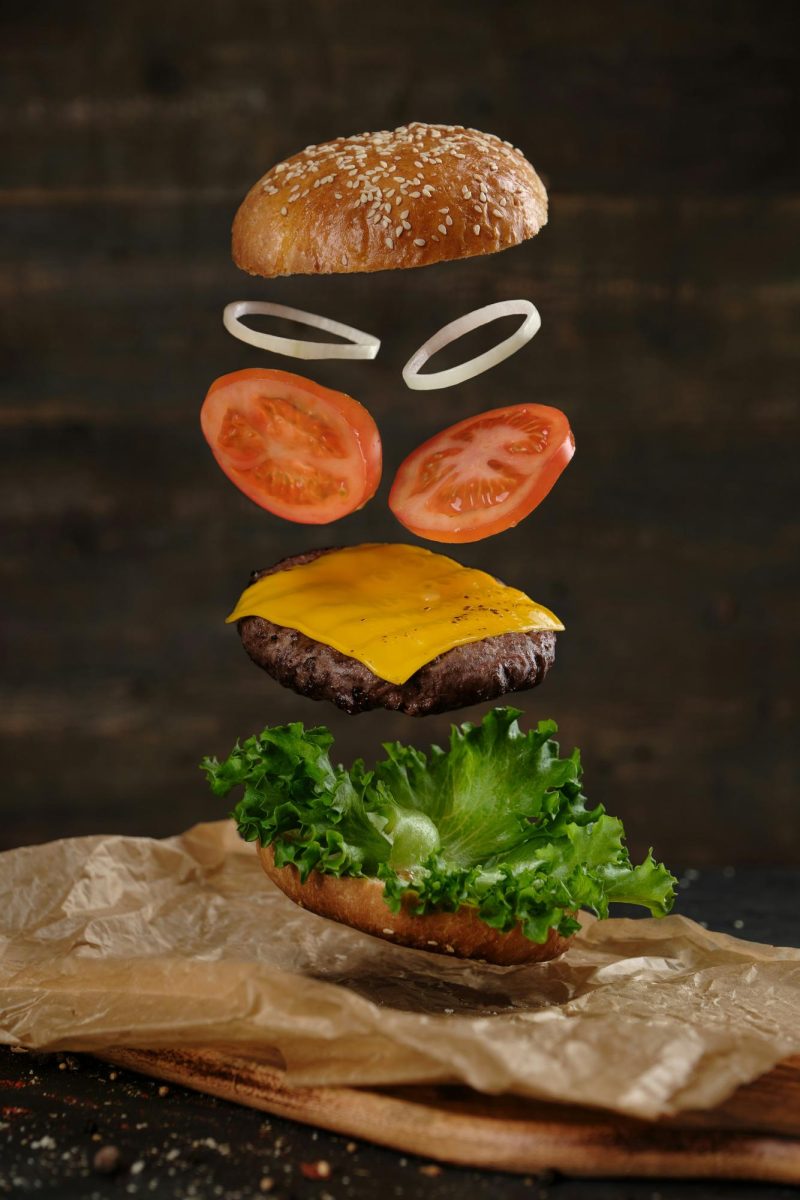Do you live to eat or eat to live? Whether you resonate with one or the other, it’s undeniable that food goes far beyond pure nourishment.
Up until now, food photography has been looked down upon, often shrugged off for lacking artistic value, when in reality, food has always conveyed symbolic meaning throughout history. Advancements in technology, equipment, and style can be attributed to this changed view on food. Modern innovations have transformed photographing food into a lifestyle, a development furthered by the growth of social media. Rather than taking this as a positive aspect, food photography has only decreased in merit. In hopes of shining the light on food photography, this article will walk you through its history and art styles through the lens of food. In gaining this knowledge, we can further expand on the true value of food and why photography captures it so well.
Why Photograph Food?
Food photography adds a special touch to the simple act of eating. It’s a way to express yourself, share experiences, and promote restaurants. To achieve the most visually appealing or ‘like-worthy’ image, factors like lighting, layout, and aesthetics are usually taken into mind. Sharing a picture of a meal can be quite personal to some since it can illustrate their lifestyle, persona, culinary explorations, or it can simply be what it is: a meal. The beauty of food photography lies in the limitless creative freedom it provides, giving individuals the opportunity to share and communicate a part of their day through the universal language of food.
The Early Days
The first known food images date back to the 19th century when photography was still in its beginning stages. The daguerreotype was the first medium of photography, and had a direct process of creating an image through the use of a copper plate with a thin coat of silver. After cleaning the silver-plated copper plate to pristine, it needed to be transferred to the camera and exposed to light for the image to develop. The exposure times could range from three to fifteen minutes. Following this, the plate needed to be put into a salt solution, and then toned with gold chloride to fix the image. All to say the least, the daguerreotype had quite a tedious process, but it opened the door to what photography is today.
Much of the photos captured in this period focused on lighting, composition, and valued realistic depictions of subjects. The earliest and most well-known photograph was William Henry Fox Talbot’s The Pencil of Nature in 1846. His photograph — done with a daguerreotype — portrayed two fruit baskets with peaches and a large pineapple stylistically arranged on top of a plaid patterned tablecloth.

While this shot appears basic by today’s standards, it was revolutionary at the time. It demonstrated the versatility and power of photography as a medium for capturing the beauty and detail of mundane things like food.
Food images started slowly making appearances in cookbooks and ads. These monochrome images demonstrated how the finished meal should look alongside the recipe to encourage others to attempt the dish themselves.

Later, food images were depicted less realistically and centered towards the artists’ own visual ideas. Chromolithographs — a gradual coloring method using dozens of layers — were used to execute this well. The Royal Cookery Book by Jules Gouffe contained many chromolithographs and influenced the societal view of abundant food. As photography became a popular career, advancements were made to make production and printing easier.
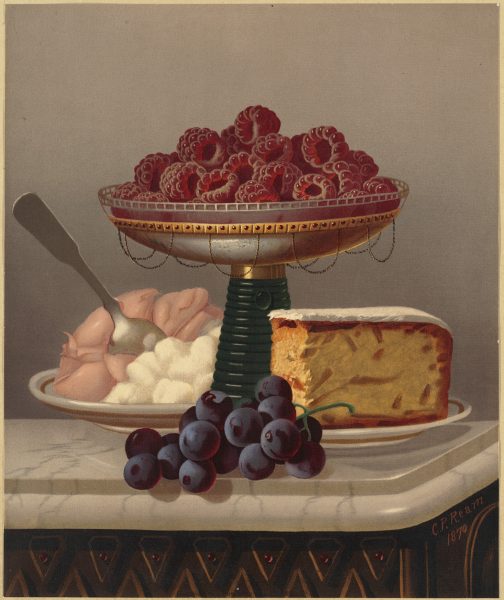
Color Boom
Food photography changed drastically after World War II. With the introduction of color in photos, food could be depicted in its real, appealing hues. Food publications and cookbooks that were once black and white could finally bring their dishes to true life.
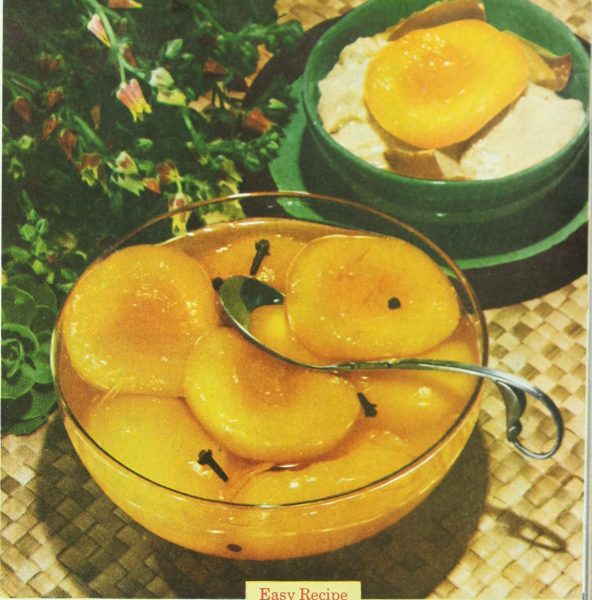
(Photo Credit: Internet Archive Book Images, No restrictions, via Wikimedia Commons)
It was only in the 1930s when Nickolas Muray adapted the three-color carbro process that color started to appear in cookbooks. Using the three-color carbro process, vivid and colorful photographs of food were spread throughout magazines and advertisements.
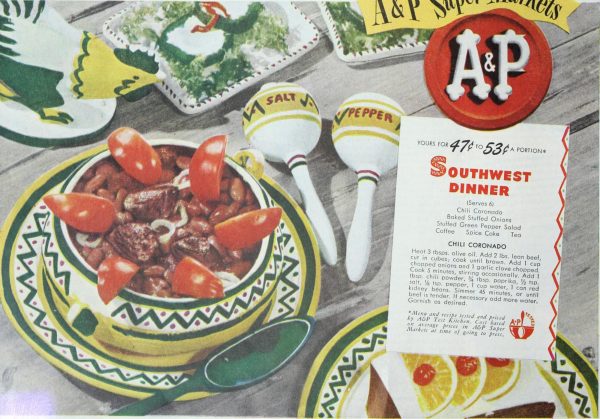
(Photo Credit: Internet Archive Book Images, No restrictions, via Wikimedia Commons)
Commercial food photography also became a career, with photographers utilizing strategies like imitating ice cream out of mashed potatoes to avoid melting or painting oil on dishes to show a glossy appearance.
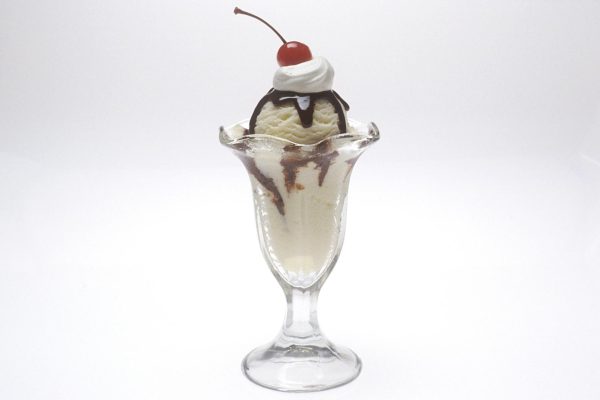
Overall, color development led to less interest in authenticity and more in producing an idealized vision of food to promote and sell products. The industrialization period was a huge shift in food photography, and it influenced how we visually “eat” food today.
This shift in food photography also had a great impact on the culinary world. Chefs began to consider not just the taste, but also the visual appeal of their dishes. The presentation became just as important as the dining experience, with every plate carefully arranged to create a feast not only for the stomach but for the eyes as well.
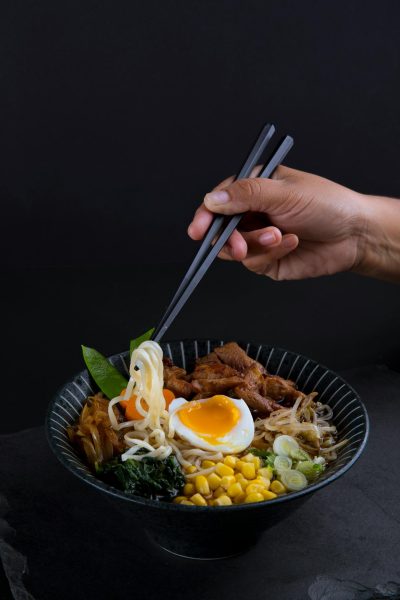
(Photo Credit: Bon Vivant / Unsplash)
The Digital Age
The introduction of the internet and camera in the late 20th century altered food photography once more. Anyone with a camera could take and share photographs in a second. This accessibility of photography laid the groundwork for the 21st century’s rise of social media platforms.
Thanks to social media, food photography has become extremely popular and normalized. With apps like Instagram and Facebook, photographing food has become an accessible trend for everyone to participate in. Filters and editing tools made it simple for anyone to make visually attractive photographs, and the social feature of these platforms promoted sharing. Hashtags also boosted the trend by allowing users to discover and interact with others who shared their interests. Hashtags like #foodphotography, #foodstagram, and #foodblogger currently attract millions of postings, providing a digital family for all foodies around the world.
Food photography has clearly become an essential marketing tool for restaurants and food brands. High-quality food images have been proven to successfully attract customers’ attention, gain brand recognition, and overall increase a business’s growth in sales.
Props To Food!
From still life paintings to styled magazines to food influencers, props can be seen to play a pivotal role throughout food photography’s journey.
Traditional props prior to the Industrial period were used to convey metaphors about a meal. In the Renaissance Period, silver or gold were symbolized as wealth and the upper class. Props were also used to set the scene, like showing that a dish was ready to be served.

As the advent of color photography flourished, so did the avenues for food stylists. They began to experiment with different props, backgrounds, and lighting to enhance the colors and textures of the food. This led to the creation of visually stunning images that not only showcased the food, but also told a story about its origin, preparation, and cultural significance.
Today, props play an even heavier role in food photography. In addition to showing the finished meal, the action element is weaved into the photo to illustrate the food production.
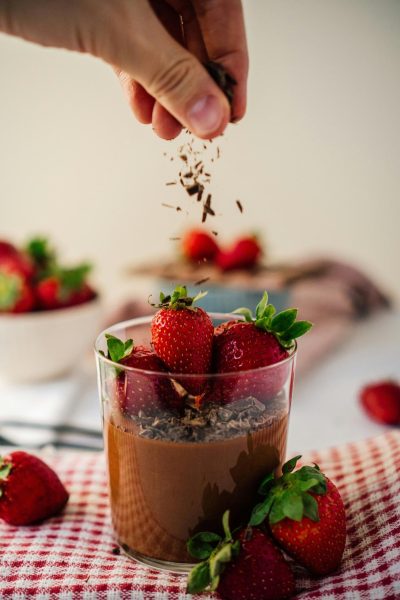
Props can also be viewed as the main subject rather than as a supplement to the food. In this image, we can see the artist wanted to demonstrate the prop to be just as noticeable as the food.
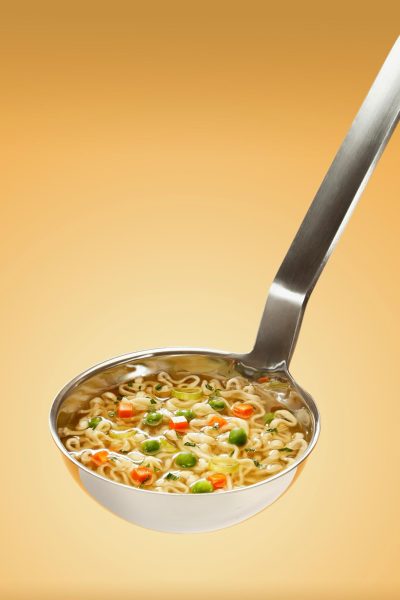
(Photo Credit: Piotr Miazga / Unsplash)
As we look to the future, the culture and production of food photography will undoubtedly continue to evolve, reflecting the changing tastes and technologies of the times. But one thing remains constant — our love for food and the connections they foster.
Food photography adds a special touch to the simple act of eating. It’s a way to express yourself, share experiences, and promote restaurants. To achieve the most visually appealing or ‘like-worthy’ image, factors like lighting, layout, and aesthetics are usually taken into mind. Sharing a picture of a meal can be quite personal to some since it can illustrate their lifestyle, persona, culinary explorations, or it can simply be what it is: a meal.

